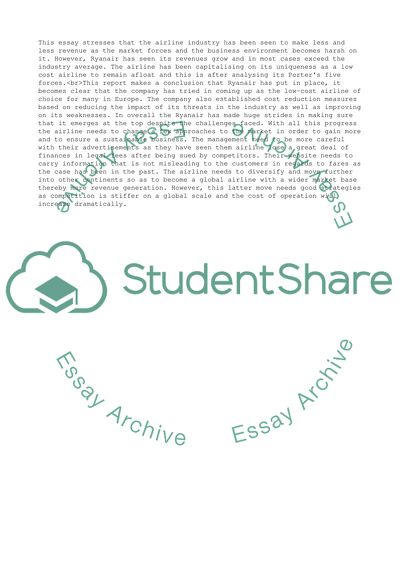Cite this document
(“Evaluating the Business Environment Essay Example | Topics and Well Written Essays - 2500 words”, n.d.)
Evaluating the Business Environment Essay Example | Topics and Well Written Essays - 2500 words. Retrieved from https://studentshare.org/business/1569119-evaluating-the-business-environment
Evaluating the Business Environment Essay Example | Topics and Well Written Essays - 2500 words. Retrieved from https://studentshare.org/business/1569119-evaluating-the-business-environment
(Evaluating the Business Environment Essay Example | Topics and Well Written Essays - 2500 Words)
Evaluating the Business Environment Essay Example | Topics and Well Written Essays - 2500 Words. https://studentshare.org/business/1569119-evaluating-the-business-environment.
Evaluating the Business Environment Essay Example | Topics and Well Written Essays - 2500 Words. https://studentshare.org/business/1569119-evaluating-the-business-environment.
“Evaluating the Business Environment Essay Example | Topics and Well Written Essays - 2500 Words”, n.d. https://studentshare.org/business/1569119-evaluating-the-business-environment.


